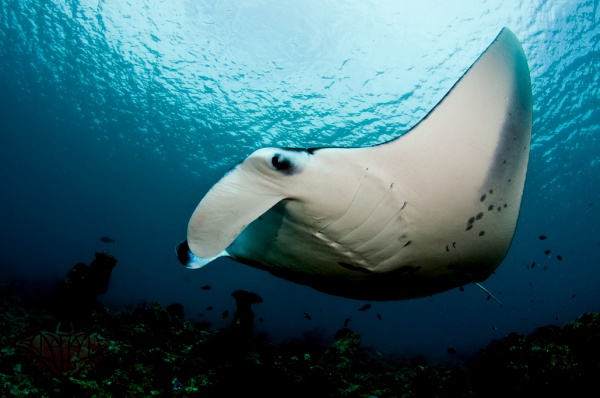Facts About Manta ray
Manta rays, remarkable creatures belonging to the genus *Mobula*, can reach impressive widths of up to 7 meters. They gracefully navigate the open ocean, feeding on tiny zooplankton and other small marine organisms. Unfortunately, these gentle giants are threatened by various human activities, including pollution, entanglement in fishing nets, and hunting for their gill rakers. Thankfully, they receive some protection in international waters under the Convention on Migratory Species of Wild Animals.
Manta rays inhabit warm waters, ranging from temperate and subtropical to tropical regions. Some species prefer the open ocean, while others remain near the coast. Their evolutionary history and classification are complex, marked by numerous scientific name changes over the years. Manta rays evolved from bottom-dwelling stingray ancestors and are unique among rays for their filter-feeding habits. However, their fossil records are sparse due to their cartilaginous skeletons, which do not fossilize well.
Biologically, manta rays possess some fascinating features. They have broad heads, triangular pectoral fins, and horn-like cephalic fins. Their bodies are horizontally flattened, and they even exhibit signs of self-awareness. During mating season, they engage in elaborate courtship rituals, with females experiencing lengthy gestation periods—lasting over a year. Occasionally, manta rays are seen leaping out of the water, although the reasons for this behavior remain unclear. They also visit "cleaning stations" where smaller fish remove parasites from their bodies.
Manta rays face substantial threats from overfishing and bycatch in fishing gear. Conservation efforts are vital, and international agreements such as the Convention on Migratory Species of Wild Animals provide essential protection. Many countries have banned the capture or killing of manta rays, and marine protected areas have been established to safeguard their habitats. Additionally, manta ray tourism is flourishing, providing income for local communities and raising awareness about conservation needs.
